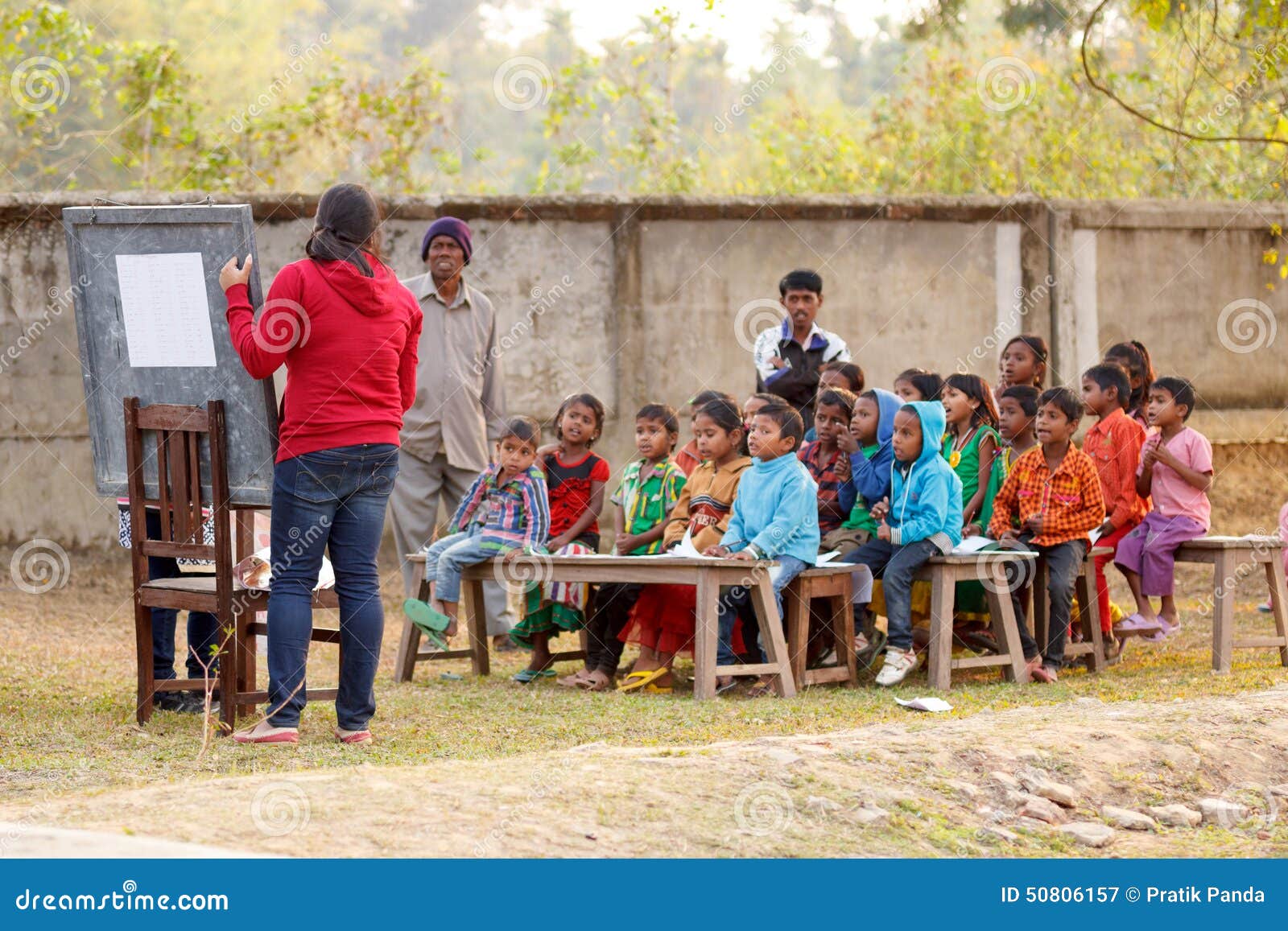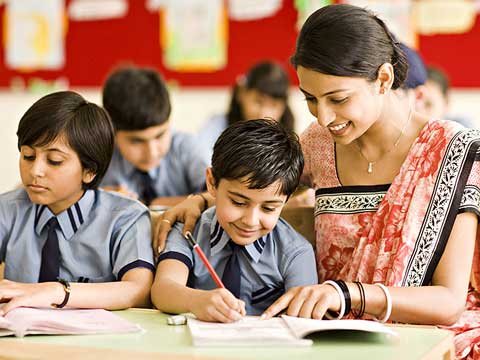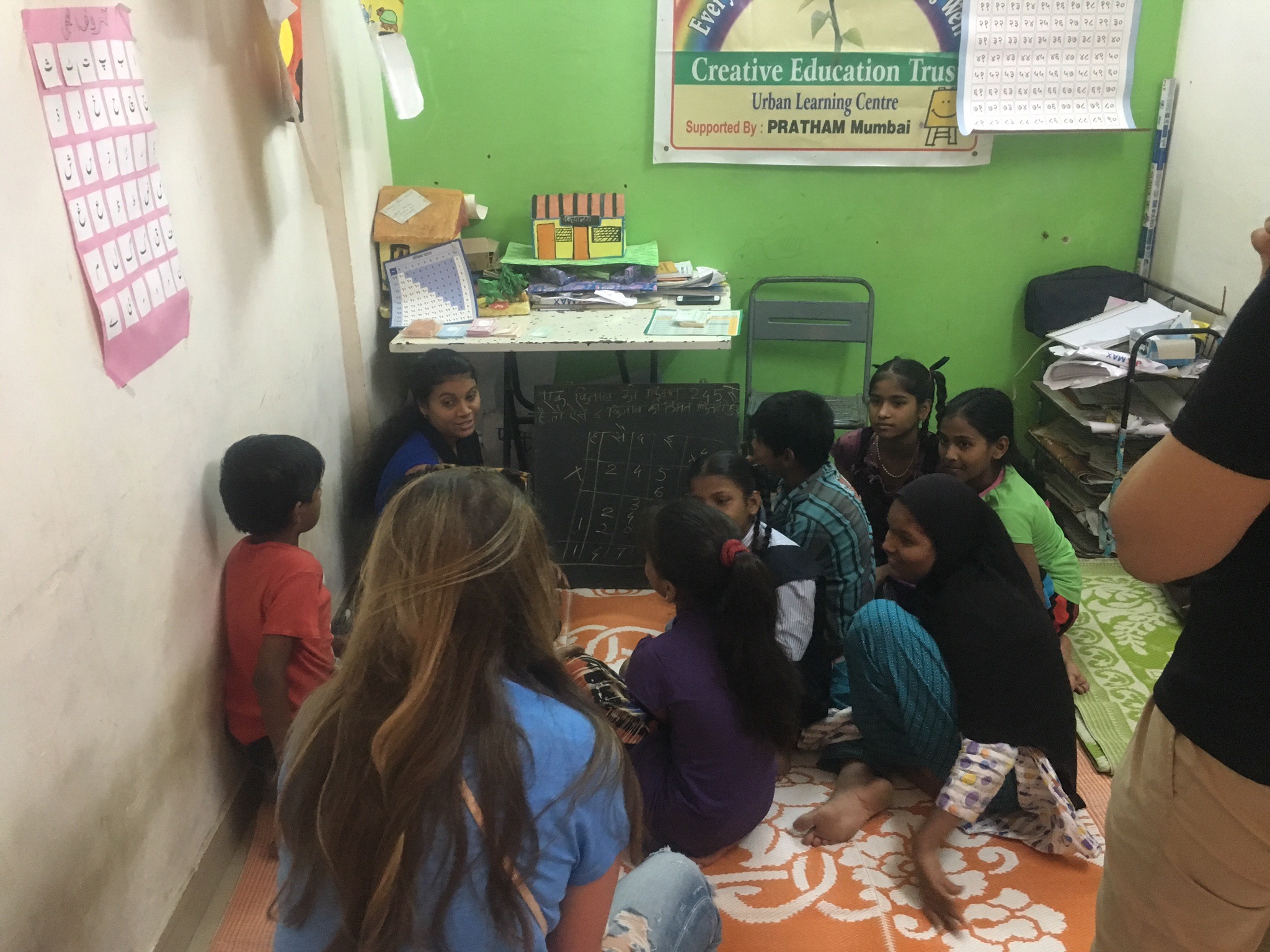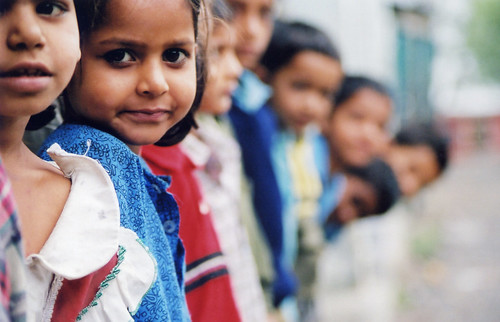1832 The New England Association of Farmers, Mechanics and Other Workingmen officially condemns child labor. 1836 Massachusetts creates the first state child labor law requiring factory children under 15 to go to school a minimum of 3 months per year. Education in India is provided by the public sector as well as the private sector, with control and funding coming from three levels: central, state and local. Under various articles of the Indian Constitution, free and compulsory education is provided as a fundamental right to children between the ages of 6 and 14. The ratio of public schools to private schools in India is 7: 5. The State of Food Security and Nutrition in the World 2018. New research shows that the number of hungry people in the world is growing, reaching 821 million in 2017 or one in every nine people. 102 the gazette of india: extraordinary [p art iis ec. 3(i) ministry of women and child development notification new delhi, the 4th january, 2017 Educational Assessment Australia (EAA) specialises in largescale measurement and assessment programs including ICAS. Child labor is the practice of having children engage in economic activity, on a part or fulltime basis. The practice deprives children of their childhood, and is. Martinius Professor, Institute of Child and Adolescent Psychiatry, University of Munich, Nubaumstr Germany Dr Joseph Mbatia Head, Mental Health Unit, Ministry of Health. Free and compulsory education to all children up to the age fourteen is constitutional commitment in India. The Parliament of India has passed Right to Education Act in 2009 through which education has become fundamental right of all children of age group 614 year. iv Education For All Towards Quality with Equity INDIA The dynamics of education and its role in national development and social transformation make it The National Commission for Protection of Child Rights (NCPCR) mandate is to ensure that all Laws, Policies, Programmes, and Administrative Mechanisms are in consonance with the Child Rights perspective as enshrined in the Constitution of India and also the UN Convention on the Rights of the Child. The Child is defined as a person in the 0 to 18 years age group. I YEAR EDUCATION PaperII History and Development of Indian Education Course Objectives To enable the students 1. To understand the development of Education in India an Historical India has ordered its state governments to inspect child care facilities run by the Missionaries of Charity the Roman Catholic order founded by Mother Teresa after arrests of a. Ayurvedic medicine (also called Ayurveda) is one of the worlds oldest medical systems. It originated in India more than 3, 000 years ago and remains one of the countrys traditional health care systems. Its concepts about health and disease promote the use of herbal compounds, special diets, and other unique health practices. Comprehensive Nutrition Survey in Maharashtra, India 2012. The Maharashtra Comprehensive Nutrition Survey 2012 is the first ever statespecific nutrition survey with a focus on infants and children undertwo and their mothers. Started in 1980, Bachpan Bachao Andolan is Indias largest movement for the protection of children that works with law enforcement agencies and policy makers to strengthen the system. Diarrhoea, diarrhea, diarrhoeal diseases, dehydration, oral rehydration, mother and child nutrition are the focus of Rehydration Project. We create and support mother and child nutrition, diarrhoea management programs that rehydrate a dehydrated child through the promotion of oral rehydration salts [ORS. We also promote breastfeeding, achieving and maintaining high levels of immunization. vi This is followed by a discussion on the issue of regulation and the need to empower parents, families, and communities through advocacy. Attention is drawn to the low status and pay of teachers, the poor state of teachertraining CHILD LABOR: ISSUES, CAUSES AND INTERVENTIONS HCOWP 56 by Faraaz Siddiqi Harry Anthony Patrinos Human Resources and Operations Policy Department and Education. 3 of forced child marriage in the world, ranging from 71 percent to 77 percent. 4 But because of the large populations of countries such as India and Bangladesh, the greatest number of child. Of the products we use, wear, or consume every day, how many are made with child labor? A new report from the US Department of Labor identifies 148 different consumer goods produced with child or forced labor around the world. The list includes clothing, beef, sugar, bricks, coffee, and other products originating from 76 countries. UNICEF is fully committed to working with the Government of India to ensure that each child born in this country gets the best start in life, thrives and develops to his or her full potential..











